What’s the secret behind Nintendo’s ability to keep reinventing the game—literally—for over four decades? From resurrecting a crashed industry to selling motion control to your grandma, Nintendo’s story is a wild ride of risk, reinvention, and the occasional massive misfire. So today, we’re walking through every Nintendo console ever released—home and handheld—in chronological order. We’ll talk highs, lows, sales, and the impact each console had on gaming history.
Let’s start at the very beginning.
Color TV-Game (1977)
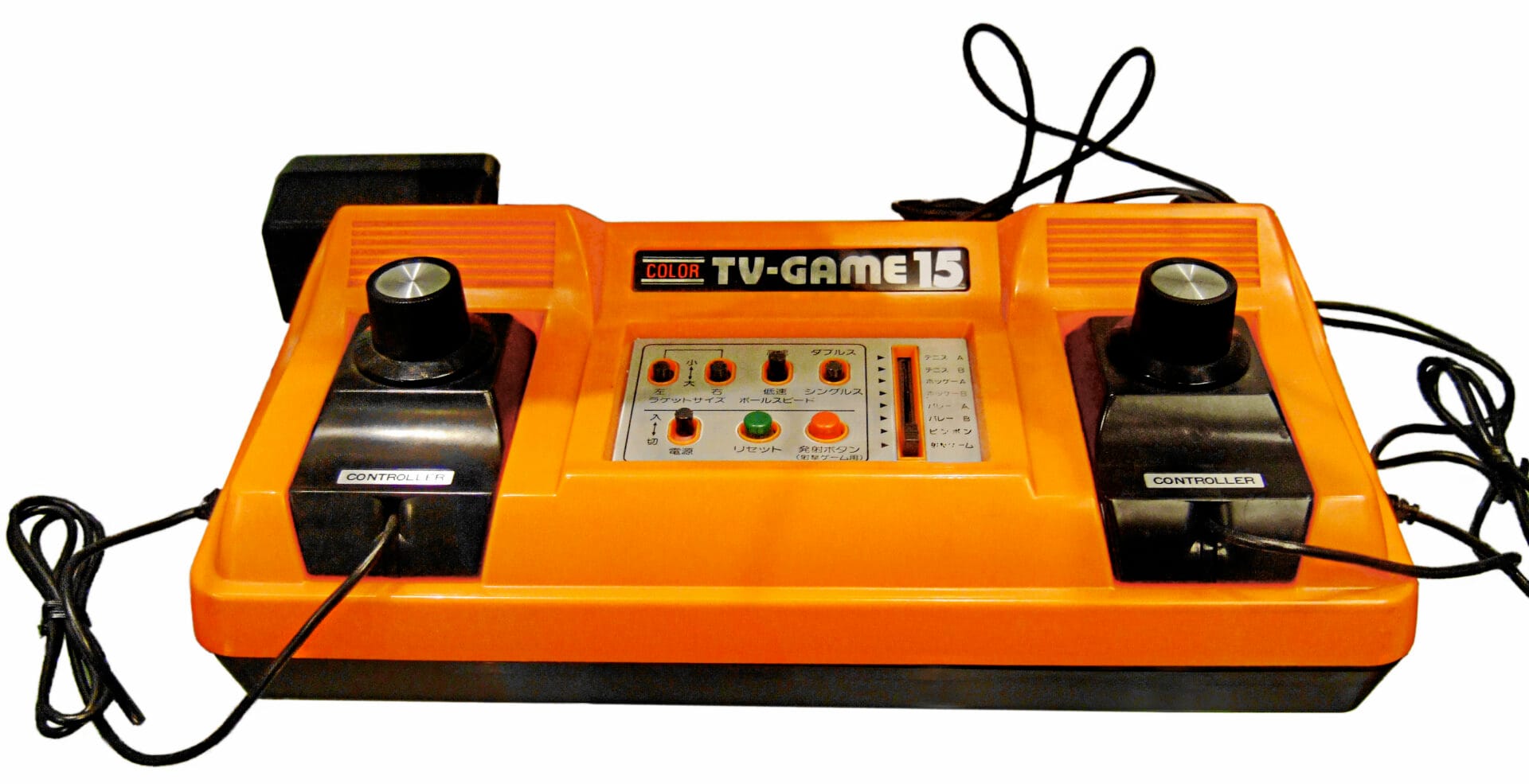
Nintendo’s first foray into the home console market began with the Color TV-Game series, launched exclusively in Japan between 1977 and 1980. This lineup consisted of five different models: the Color TV-Game 6, Color TV-Game 15, Color TV-Game Racing 112, Color TV-Game Block Breaker, and Computer TV-Game. Each console was a dedicated gaming system, pre-loaded with variations of simple games such as Pong and racing titles. The Color TV-Game series was developed in collaboration with Mitsubishi Electronics, and despite their limited functionality, these consoles collectively sold approximately 3 million units. Notably, the Color TV-Game Racing 112 featured design input from a young Shigeru Miyamoto, marking his initial involvement in Nintendo’s hardware development. While these consoles never reached markets outside Japan, they laid the essential groundwork for Nintendo’s future in the gaming industry, demonstrating the company’s early commitment to bringing interactive entertainment into the living room.
Game & Watch (1980)
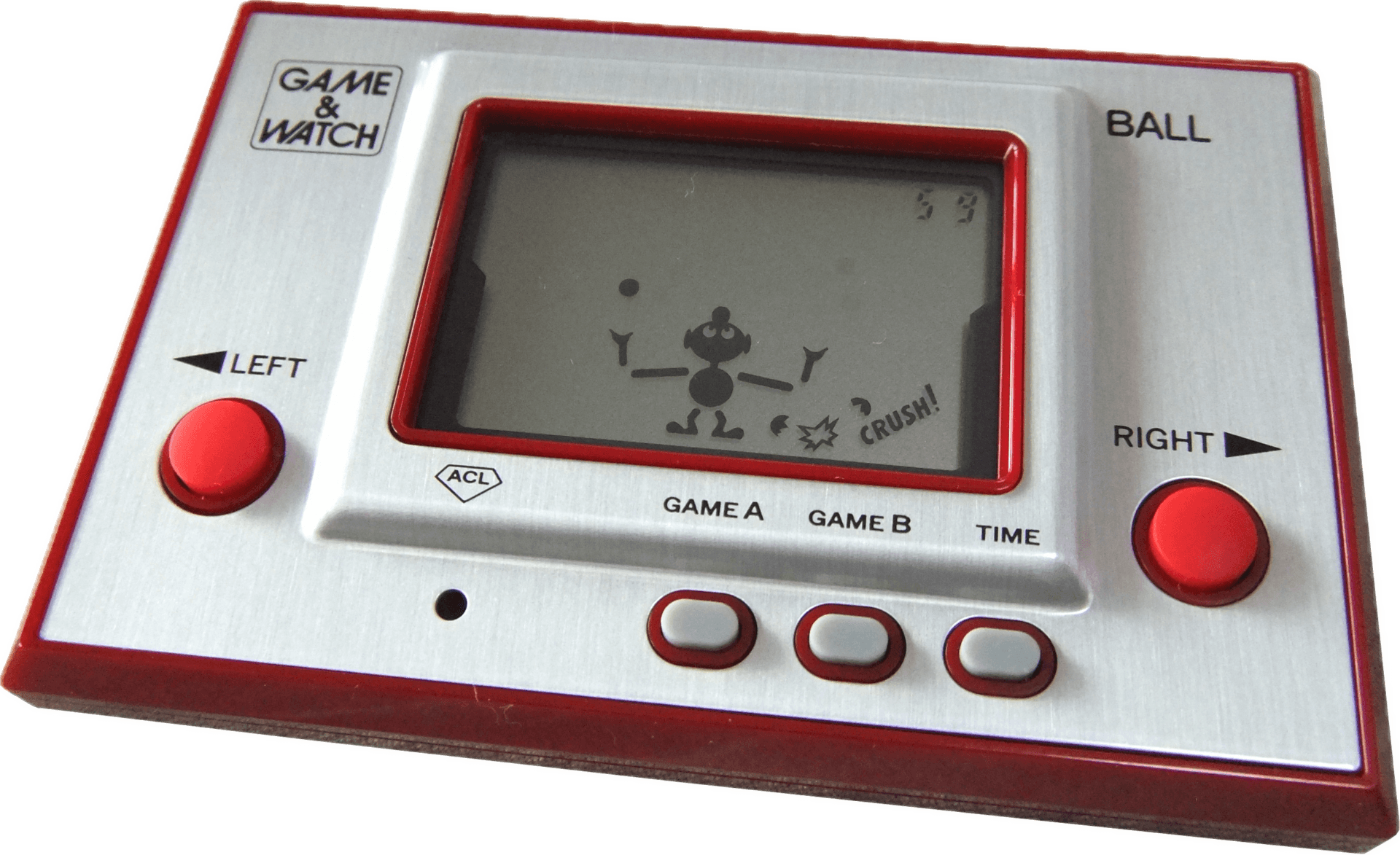
Building on this foundation, Nintendo introduced the Game & Watch series in 1980, a line of handheld electronic games that would set the stage for portable gaming. Conceived by designer Gunpei Yokoi, the idea emerged when he observed a businessman amusing himself with a pocket calculator during a train ride. This observation inspired Yokoi to create a compact, portable gaming device that could provide entertainment on the go. The result was the Game & Watch series, which featured a single game per device displayed on an LCD screen, along with a built-in clock and alarm—hence the name “Game & Watch.” Over the span of its production from 1980 to 1991, Nintendo released 60 different Game & Watch titles, selling over 43 million units worldwide. The series also introduced the iconic cross-shaped D-pad, a design innovation that would become a standard feature on future game controllers. The success of the Game & Watch cemented Nintendo’s reputation as a pioneer in the gaming industry and paved the way for its dominance in the handheld market.
Nintendo Entertainment System (NES) (1983)
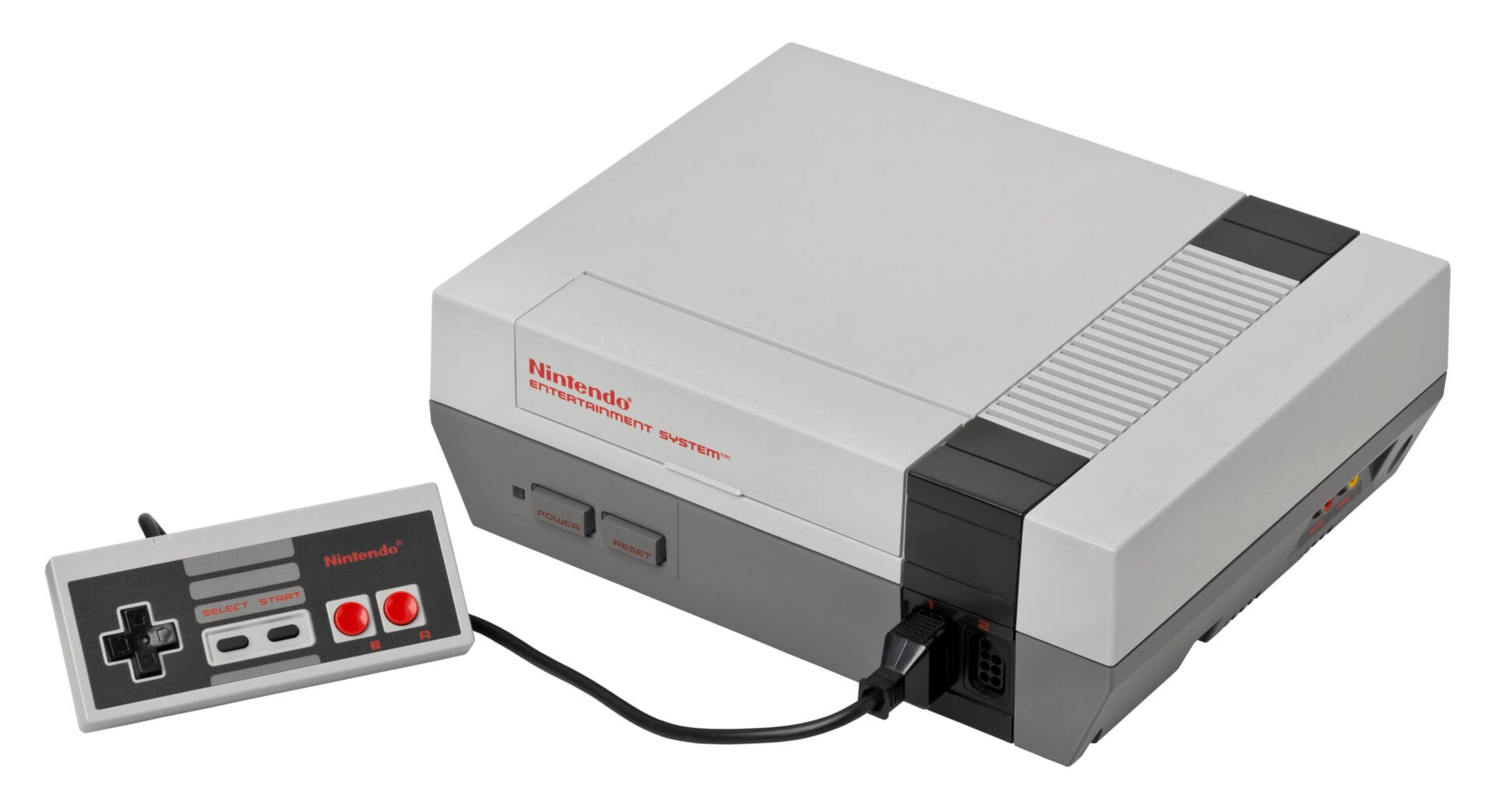
The Nintendo Entertainment System (NES), known as the Family Computer or Famicom in Japan, was released on July 15, 1983, in Japan and later made its way to North America in October 1985. This 8-bit console was instrumental in revitalizing the video game industry following the crash of 1983. The NES introduced a new business model by licensing third-party developers to create games for the system, leading to a diverse and high-quality game library. Iconic titles such as Super Mario Bros., The Legend of Zelda, and Metroid debuted on the NES, setting new standards for game design and storytelling. The console featured a rectangular controller with a simple yet effective layout: a D-pad, two action buttons (A and B), and Start and Select buttons. This design became the template for future controllers. The NES sold over 61 million units worldwide, firmly establishing Nintendo as a dominant force in the gaming industry and laying the foundation for many of its beloved franchises.
Game Boy (1989)
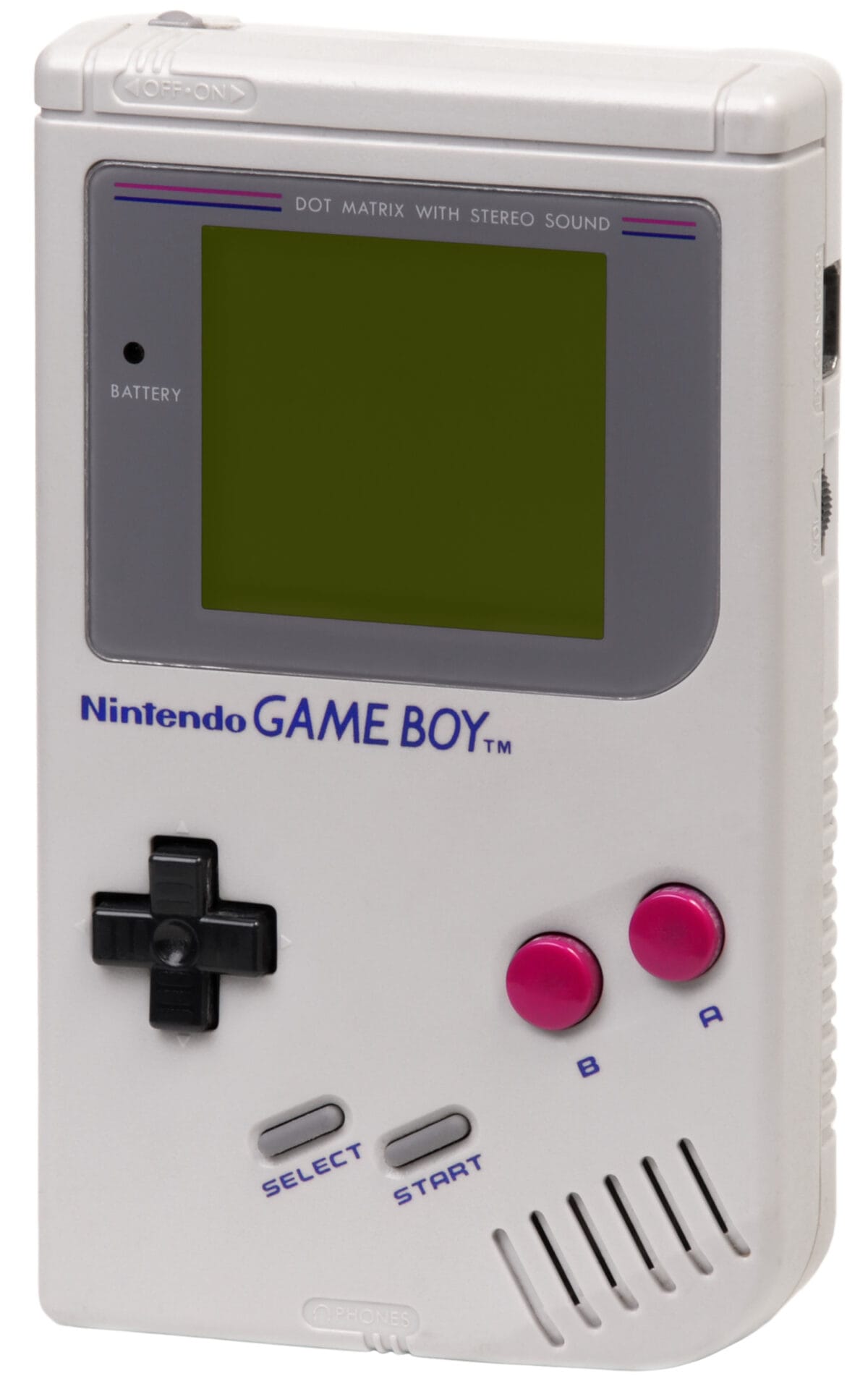
In 1989, Nintendo revolutionized portable gaming with the release of the Game Boy. Designed by Gunpei Yokoi, the Game Boy was an 8-bit handheld console that featured interchangeable cartridges, allowing players to switch between different games—a novel concept at the time. Despite its monochromatic screen and modest processing power, the Game Boy’s compact design, durable build, and impressive battery life made it a favorite among gamers. The inclusion of Tetris as a pack-in title contributed significantly to its success, appealing to a broad audience beyond traditional gamers. The Game Boy’s library expanded to include iconic titles like Pokémon Red and Blue, which became cultural phenomena. Across its various iterations, including the Game Boy Pocket and Game Boy Light, the handheld sold nearly 119 million units worldwide, solidifying Nintendo’s dominance in the portable gaming market.
Super Nintendo Entertainment System (SNES)
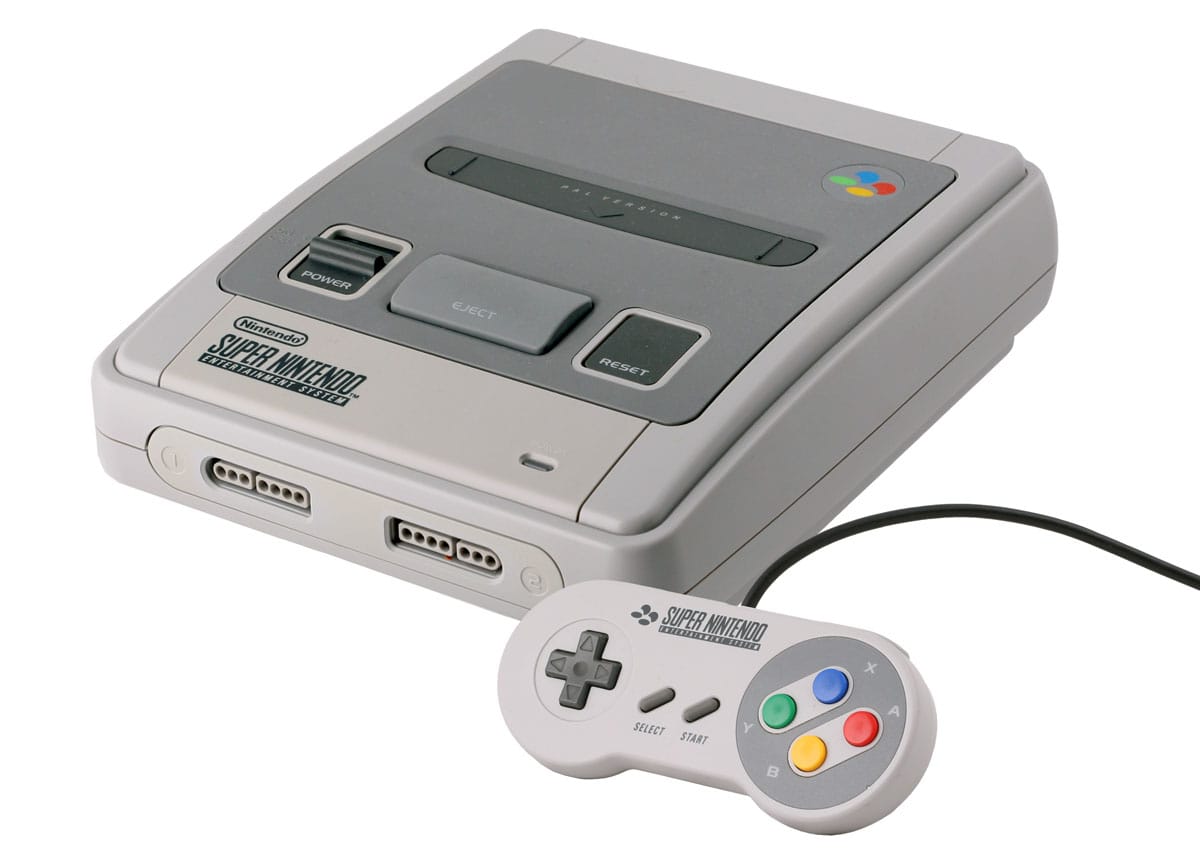
Following the success of the NES, Nintendo released the Super Nintendo Entertainment System (SNES) in 1990 in Japan and 1991 in North America. This 16-bit console brought significant technological advancements, including enhanced graphics and sound capabilities, allowing for more complex and visually appealing games. The SNES introduced the world to classics like Super Metroid, Chrono Trigger, and The Legend of Zelda: A Link to the Past. One of the standout features of the SNES was the introduction of Mode 7 graphics, which enabled 3D-like effects and was prominently used in games like F-Zero and Super Mario Kart. Despite facing strong competition from Sega’s Genesis console, the SNES sold over 49 million units globally. Its controller design, featuring four face buttons and two shoulder buttons, influenced the design of future gaming controllers. The SNES era is often regarded as a golden age of gaming, with many titles from this period still celebrated today.
Virtual Boy (1995)
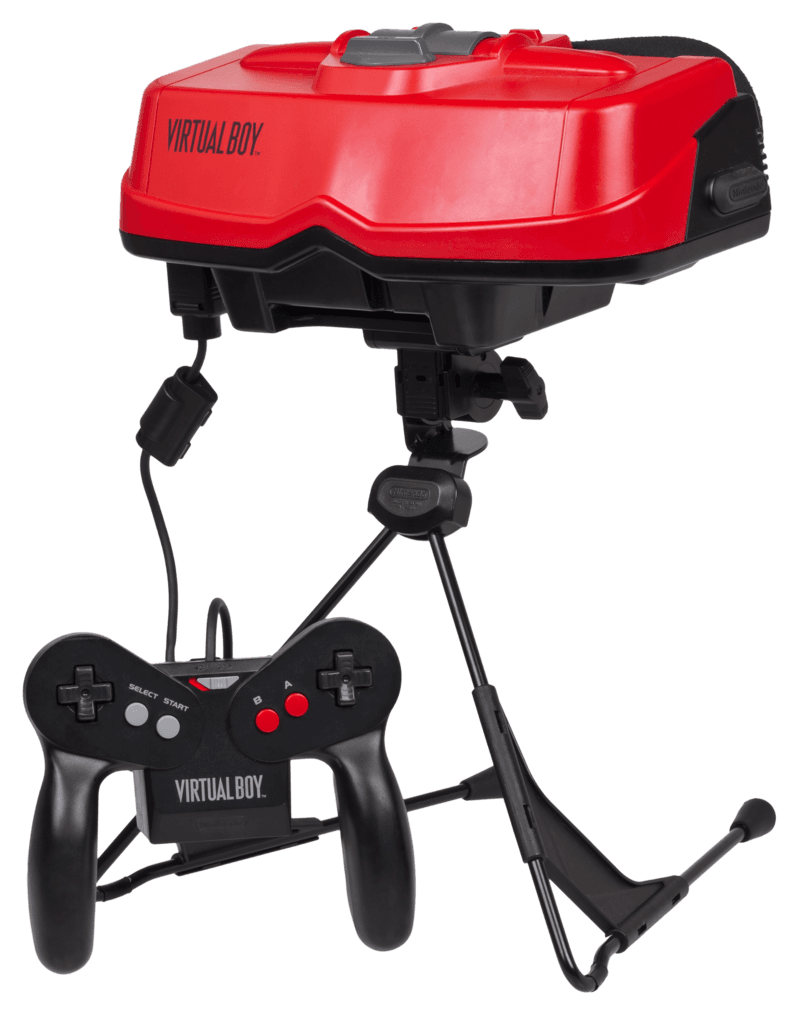
In an ambitious leap into virtual reality, Nintendo introduced the Virtual Boy in 1995. Marketed as the first mass-produced VR device, it featured a monochromatic red display and offered stereoscopic 3D visuals. Despite the innovative concept, the Virtual Boy faced several challenges. Its design required players to use it on a tabletop, limiting portability, and the red-only graphics led to discomfort for some users. Additionally, a limited game library hindered its appeal. As a result, the Virtual Boy was discontinued shortly after its release, making it one of Nintendo’s most notable commercial failures.
Game Boy Pocket (1996)
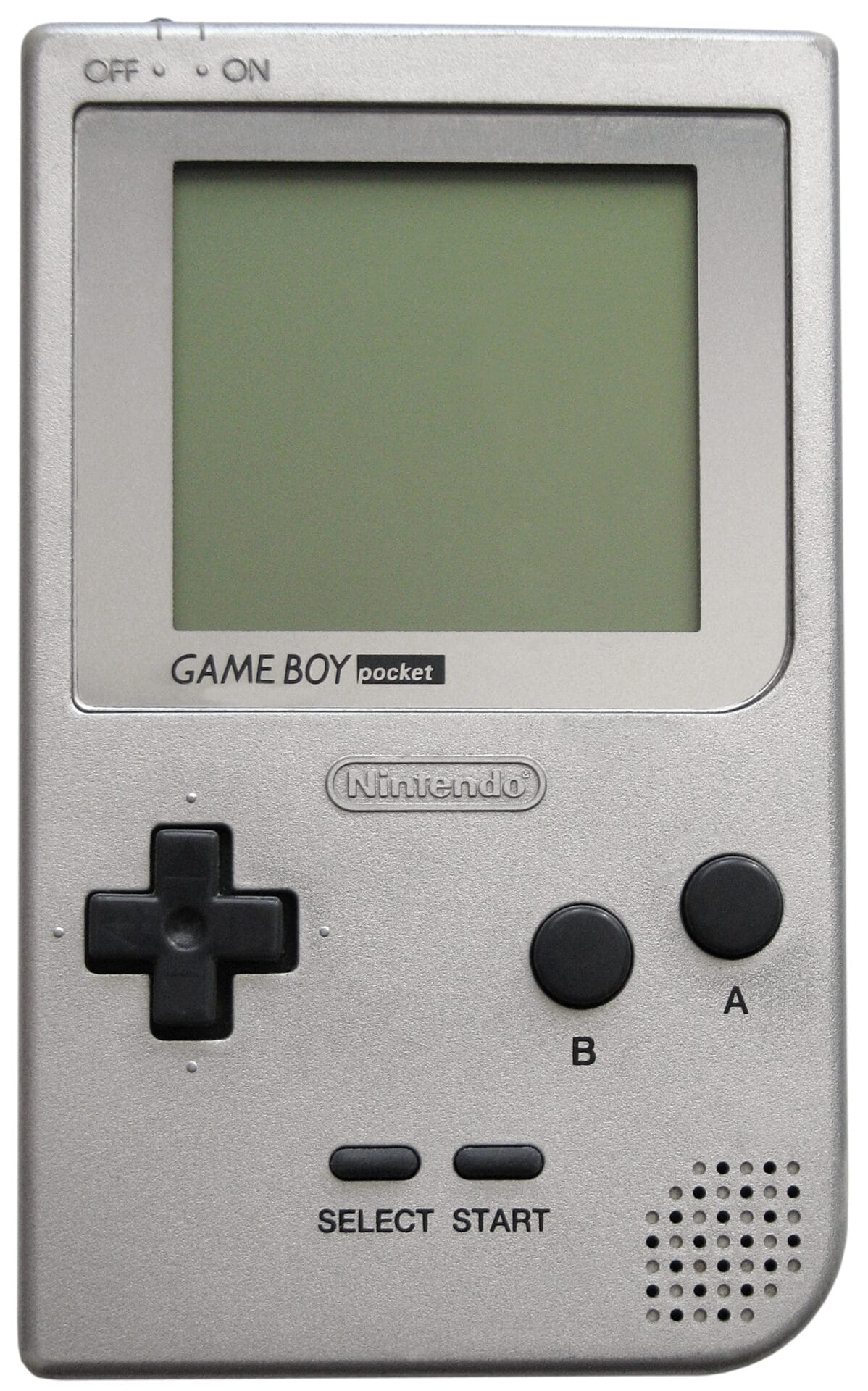
Building upon the success of the original Game Boy, Nintendo released the Game Boy Pocket in 1996. This iteration was notably smaller and lighter, enhancing portability. It maintained compatibility with the existing Game Boy game library, ensuring a seamless transition for players. The Game Boy Pocket also featured a clearer, true black-and-white display, improving upon the original’s green-tinted screen. These refinements contributed to its popularity among handheld gaming enthusiasts.
Nintendo 64 (N64) (1996)

The Nintendo 64 (N64), released in 1996, marked Nintendo’s entry into the realm of 3D gaming. Developed in collaboration with Silicon Graphics, the N64 was powered by a 64-bit processor, a significant leap from its predecessors. The console’s design was largely finalized by mid-1995, but its release was delayed until 1996 to allow for the completion of its launch titles, including Super Mario 64 and Pilotwings 64. The N64 introduced the analog stick, providing precise control in 3D environments, and featured four controller ports, emphasizing multiplayer gaming. Despite its innovative features, the N64 faced challenges due to its use of cartridges, which limited storage capacity and increased production costs compared to the CD-ROMs used by competitors. Nevertheless, the N64 sold over 32 million units and hosted some of the most critically acclaimed games in history, such as The Legend of Zelda: Ocarina of Time and GoldenEye 007. Its influence on 3D game design and multiplayer gaming is still felt today.
Game Boy Light (1998)
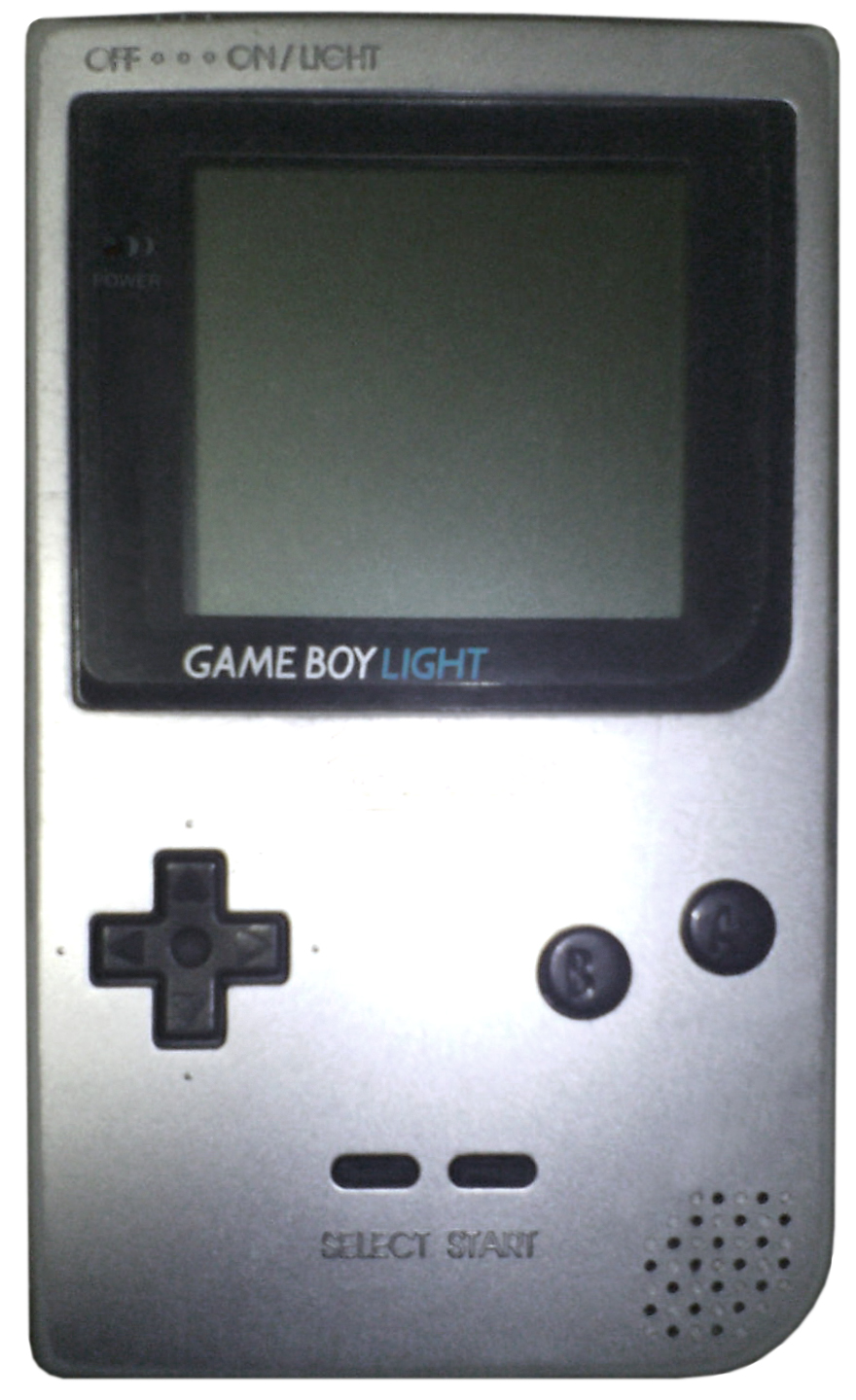
Exclusive to Japan, the Game Boy Light debuted in 1998 as an enhanced version of the Game Boy Pocket. Its standout feature was an electroluminescent backlit screen, allowing players to game in low-light conditions—a significant improvement over its predecessors. Despite its limited release, the Game Boy Light was well-received for addressing a common user concern and is remembered fondly by collectors and fans.
Game Boy Color (1998)
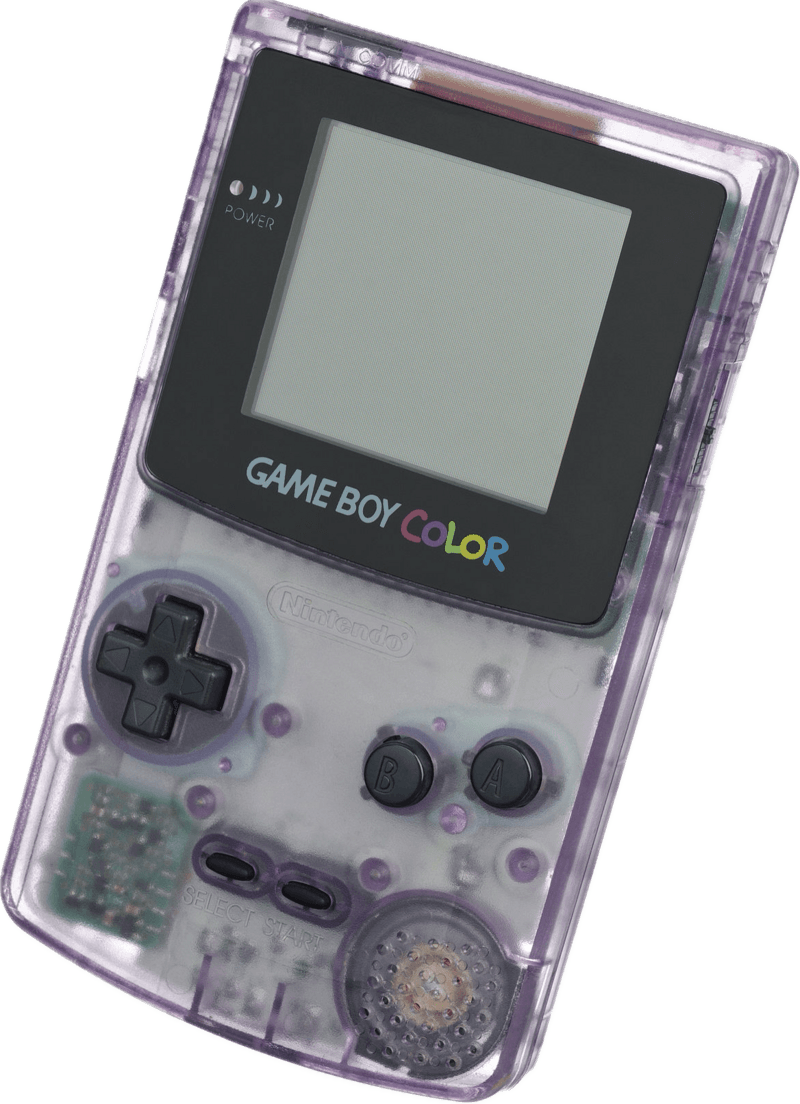
Later in 1998, Nintendo launched the Game Boy Color, introducing color graphics to its handheld lineup. This advancement opened the door to more visually engaging games and backward compatibility allowed players to enjoy their existing Game Boy titles. The Game Boy Color’s expanded palette and enhanced processing power revitalized the handheld market, hosting memorable titles like Pokémon Gold and Silver and The Legend of Zelda: Oracle of Ages and Seasons.
Game Boy Advance (GBA) (2001)

In 2001, Nintendo released the Game Boy Advance (GBA), a 32-bit handheld console that represented a significant advancement in portable gaming technology. The GBA featured a landscape-oriented design with a wider screen and more ergonomic controls compared to its predecessors. It was backward compatible with Game Boy and Game Boy Color titles, providing players with access to an extensive library of games. The GBA’s enhanced processing power allowed for more complex and visually appealing games, including titles like Advance Wars, Golden Sun, and Metroid Fusion. Despite the original model’s lack of a backlit screen, which made visibility challenging in low-light conditions, the GBA family sold over 81 million units worldwide. Subsequent revisions, such as the Game Boy Advance SP with its clamshell design and frontlit screen, and the Game Boy Micro, addressed some of these issues and kept the GBA relevant in the handheld market.
Pokémon Mini (2001)
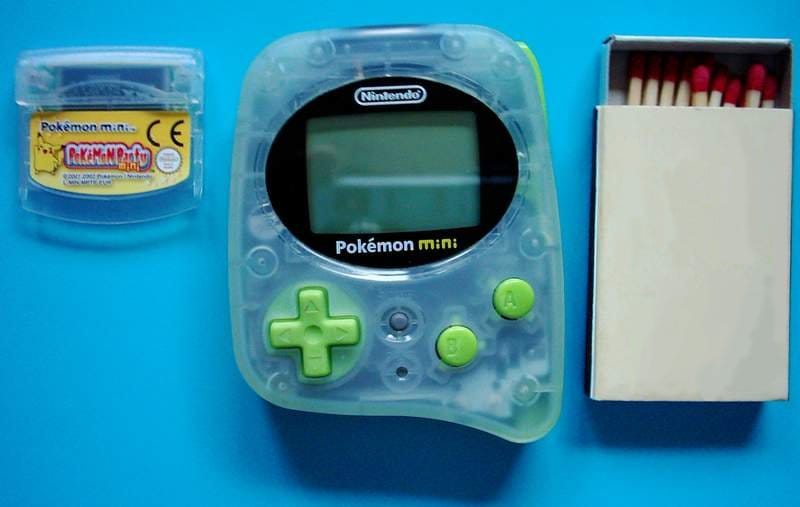
In 2001, Nintendo released the Pokémon Mini, the smallest cartridge-based handheld console to date. Designed specifically for Pokémon-themed mini-games, it featured a monochrome screen and simple controls. While it had a niche appeal, the Pokémon Mini became a collector’s item and is remembered for its unique focus within Nintendo’s handheld offerings.
GameCube (2001)

Also in 2001, Nintendo launched the GameCube, its first console to utilize optical discs instead of cartridges—a move that was seen as both a leap forward and a risk. The GameCube used proprietary mini-discs that held about 1.5GB of data, which was less than the DVDs used by its competitors, Sony’s PlayStation 2 and Microsoft’s Xbox. This limitation affected third-party support, but Nintendo still managed to deliver a solid lineup of first-party titles that showcased the system’s strengths. The controller was beloved by many for its comfortable, ergonomic design and is still a fan favorite today, particularly for Super Smash Bros. Melee, which became a competitive fighting game staple.
Despite selling just over 21 million units—a commercial disappointment compared to its rivals—the GameCube’s legacy lives on through its exceptional library. Metroid Prime, The Legend of Zelda: The Wind Waker, Luigi’s Mansion, Animal Crossing, and Resident Evil 4 were standout titles. The console also introduced connectivity with the Game Boy Advance, allowing for unique gameplay features. Though it lagged in sales, the GameCube era was foundational in nurturing franchises and gameplay innovations that would thrive in the years to come.
Panasonic Q (2001)
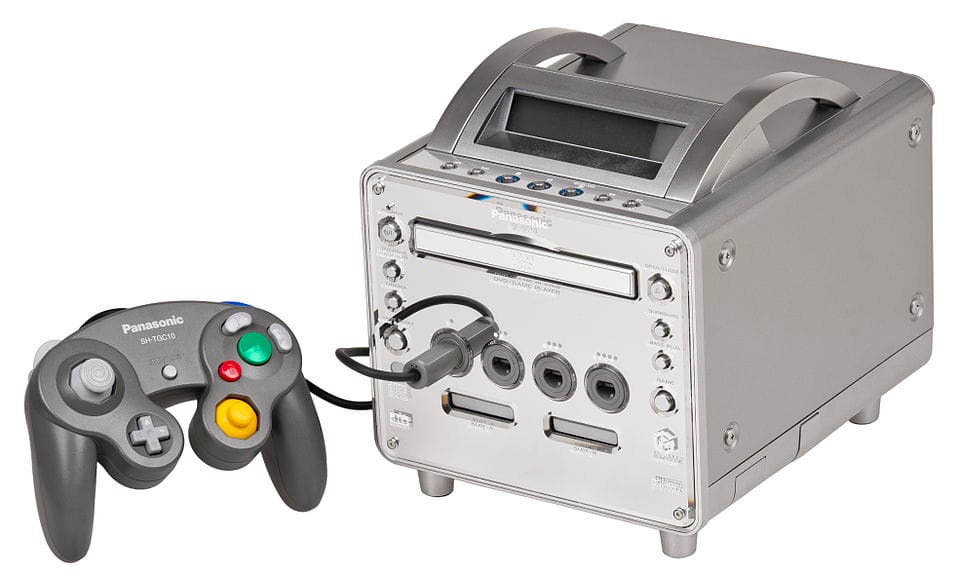
A unique collaboration between Nintendo and Panasonic resulted in the Panasonic Q, released exclusively in Japan in 2001. This hybrid device combined the functionality of a Nintendo GameCube with a DVD player, catering to consumers seeking an all-in-one entertainment system. Despite its innovative design, the Panasonic Q saw limited sales, partly due to its higher price point and regional availability.
Game Boy Advance SP (2003)
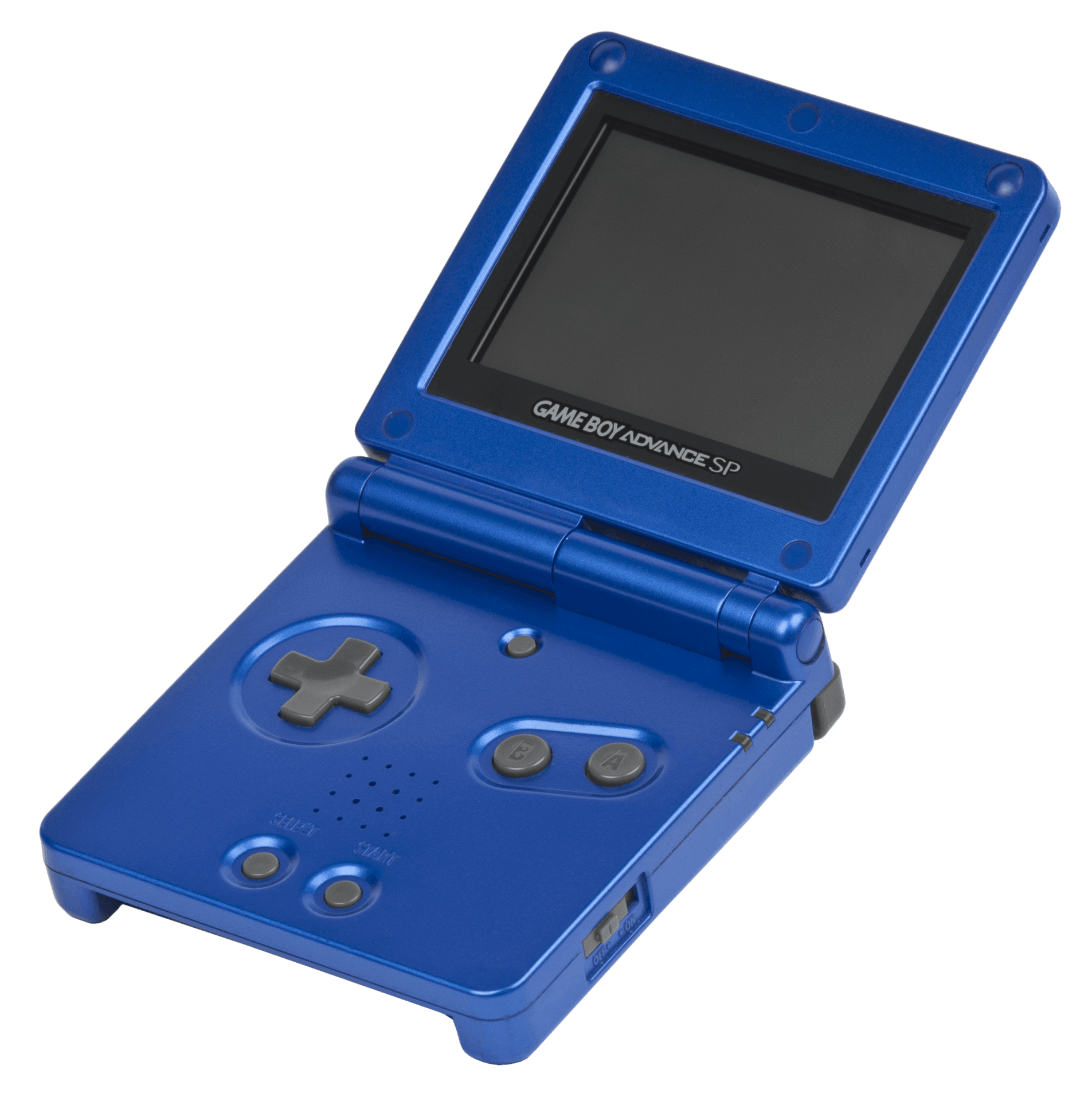
The Game Boy Advance SP, introduced in 2003, marked a significant evolution in Nintendo’s handheld design. Featuring a clamshell form factor, it protected the screen when not in use, enhancing durability. The SP also included a front-lit screen, addressing visibility issues in low-light environments, and adopted a rechargeable battery, moving away from disposable batteries. These improvements made it a favorite among gamers and set a precedent for future handheld designs.
Nintendo DS (2004)

In 2004, Nintendo shocked the gaming world again with the Nintendo DS, a dual-screen handheld system that introduced touch controls to mainstream gaming. Initially met with skepticism—some wondered who would want to use a stylus for games—the DS quickly silenced critics by delivering fun, innovative gameplay and an ever-expanding library. Its clamshell design protected the screens, and it featured a built-in microphone and Wi-Fi capability for multiplayer gaming. Launching with titles like Super Mario 64 DS, and later hits like Mario Kart DS, Brain Age, and Nintendogs, the DS proved to be a versatile machine that appealed to gamers of all ages.
The DS family, including the DS Lite, DSi, and DSi XL, would go on to become the best-selling handheld console line of all time, with over 154 million units sold. It became the ultimate example of Nintendo’s strategy to innovate with unique hardware rather than simply chasing technical specs. Developers embraced the dual-screen format, and the touchscreen created new genres and ways to play. Whether you were solving puzzles in Professor Layton or capturing Pokémon on the go, the DS was a phenomenon.
Game Boy Micro (2005)
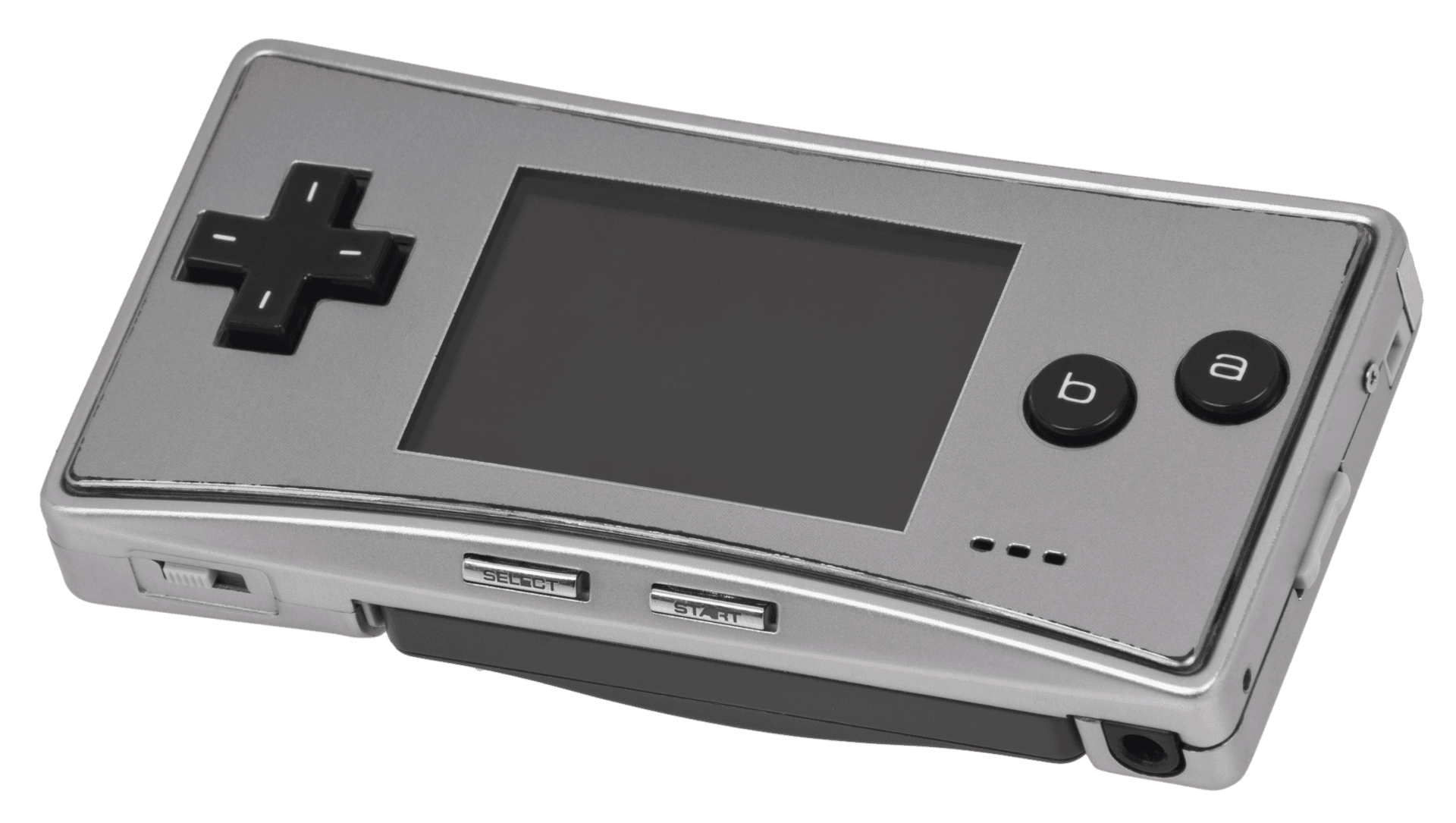
In 2005, Nintendo released the Game Boy Micro, a compact version of the Game Boy Advance. Emphasizing portability, the Micro featured a sleek design with a bright, backlit screen and interchangeable faceplates for customization. However, its reduced size led to a smaller screen and omitted backward compatibility with original Game Boy and Game Boy Color games. While it appealed to a niche market, the Micro’s release coincided with the rising popularity of the Nintendo DS, overshadowing its presence in the market.
Wii (2006)

Hot on the heels of that success came the Wii in 2006. This console marked a radical departure from gaming norms with its emphasis on motion controls. Armed with a Wii Remote that tracked physical movement, Nintendo targeted not just gamers, but families, seniors, and everyone in between. Wii Sports, bundled with the console, became a cultural icon and introduced millions of people to gaming. The Wii sold over 101 million units, making it Nintendo’s best-selling home console at the time.
The console wasn’t just for casuals though—it hosted hits like Super Mario Galaxy, The Legend of Zelda: Twilight Princess, and Xenoblade Chronicles. It also introduced the Virtual Console, allowing players to download classic NES, SNES, and N64 games. Yet, its low specs compared to Xbox 360 and PS3, and a heavy focus on motion gimmicks, meant some hardcore players and developers looked elsewhere. Nonetheless, the Wii’s impact on the industry was seismic, expanding gaming’s audience like never before.
Nintendo 3DS (2011)

During this turbulent time, Nintendo released the Nintendo 3DS in 2011. This successor to the DS boasted glasses-free stereoscopic 3D and backward compatibility with DS games. The 3DS had a rough start due to a high launch price and limited software, but Nintendo turned things around with a price drop and strong titles like Fire Emblem: Awakening, Super Mario 3D Land, and Animal Crossing: New Leaf. It also introduced StreetPass, AR games, and the eShop.
The 3DS line saw multiple revisions: the XL for bigger screens, the 2DS for a budget-friendly, kid-safe option without 3D, and the New 3DS with extra processing power and better 3D stability. In total, over 75 million units were sold. It proved there was still room for dedicated handhelds in the age of smartphones, and its deep library made it a fan favorite for years.
Wii U (2012)
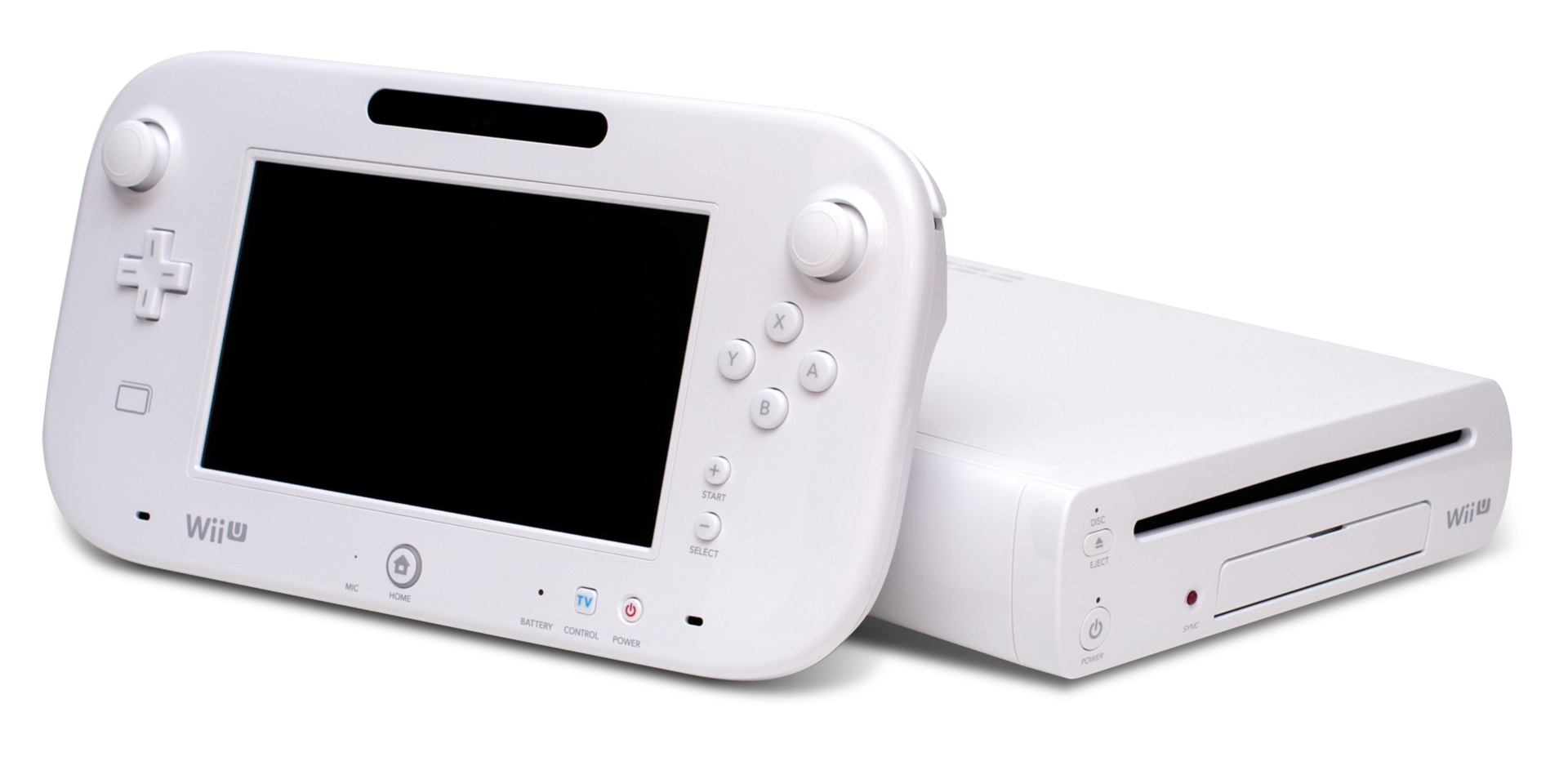
Then came the Wii U in 2012. With a tablet-like GamePad controller and full HD graphics, it was supposed to evolve the Wii formula—but it stumbled out of the gate. Confusing marketing made people unsure whether it was a new console or just an accessory for the Wii. The GamePad’s second screen had potential, but the console never quite justified its use outside a few titles like Nintendo Land and ZombiU. Third-party support dried up quickly, and software droughts plagued its life cycle.
Despite that, the Wii U delivered some fantastic games: Super Mario 3D World, Bayonetta 2, Splatoon, and Mario Kart 8 are standout hits. But strong software couldn’t save weak sales—just 13.5 million units worldwide. The Wii U is often remembered as Nintendo’s most significant commercial failure, but it set the stage for one of their greatest comebacks.
Wii Mini (2012)
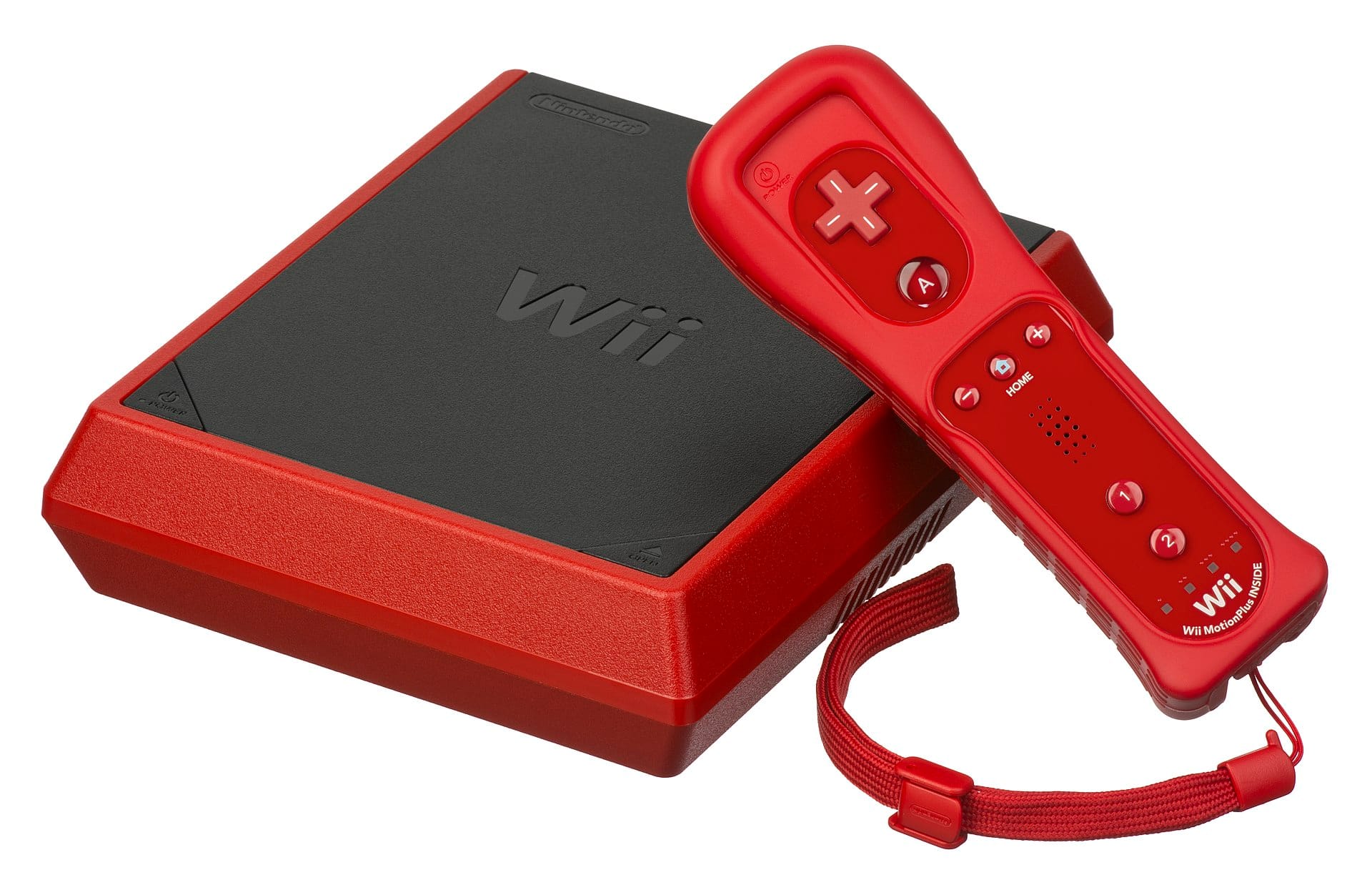
In an effort to offer a more affordable version of the Wii, Nintendo introduced the Wii Mini in 2012. This streamlined console featured a compact design and a top-loading disc drive. However, to achieve the lower price point, certain features were omitted, including internet connectivity and GameCube backward compatibility. The Wii Mini targeted budget-conscious consumers but received mixed reviews due to its reduced functionality compared to the original Wii.
Nintendo Switch (2017)

Then came the game-changer: the Nintendo Switch, launched in March 2017. This hybrid console seamlessly transitions from handheld to docked TV mode, merging Nintendo’s strengths in both markets. It launched with The Legend of Zelda: Breath of the Wild, a generational masterpiece, and followed with smash hits like Super Mario Odyssey, Animal Crossing: New Horizons, and Metroid Dread. The Switch brought back third-party developers, welcomed indies, and became a hub for portable and home gaming in one device.
Its innovative design, combined with the Joy-Con controllers’ motion and HD Rumble features, offered a versatile play experience. The Switch Lite provided a cheaper, handheld-only option, while the OLED model upgraded the screen and audio. With over 139 million units sold, the Switch stands as one of the most successful consoles of all time, winning back hardcore fans and casuals alike.
Nintendo Switch 2 (2025)
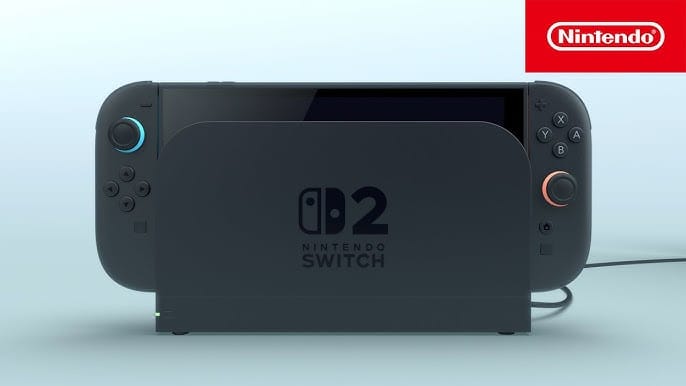
And now, the future is on the horizon. Set to release on June 5, 2025, the Nintendo Switch 2 promises to build on the hybrid concept while pushing tech boundaries. With a 7.9-inch 1080p display, 120Hz refresh rate, 4K HDR support when docked, and a sleek redesign of the Joy-Cons with magnetic attachments, the Switch 2 is Nintendo’s boldest leap forward since the original. It features a new C button for GameChat—an in-game video and voice chat feature—and improved battery life.
The Switch 2 isn’t just about hardware—it’s about redefining communication in gaming, while continuing Nintendo’s tradition of innovation. Whether it lives up to the hype remains to be seen, but one thing is certain: Nintendo isn’t done rewriting the rules.















